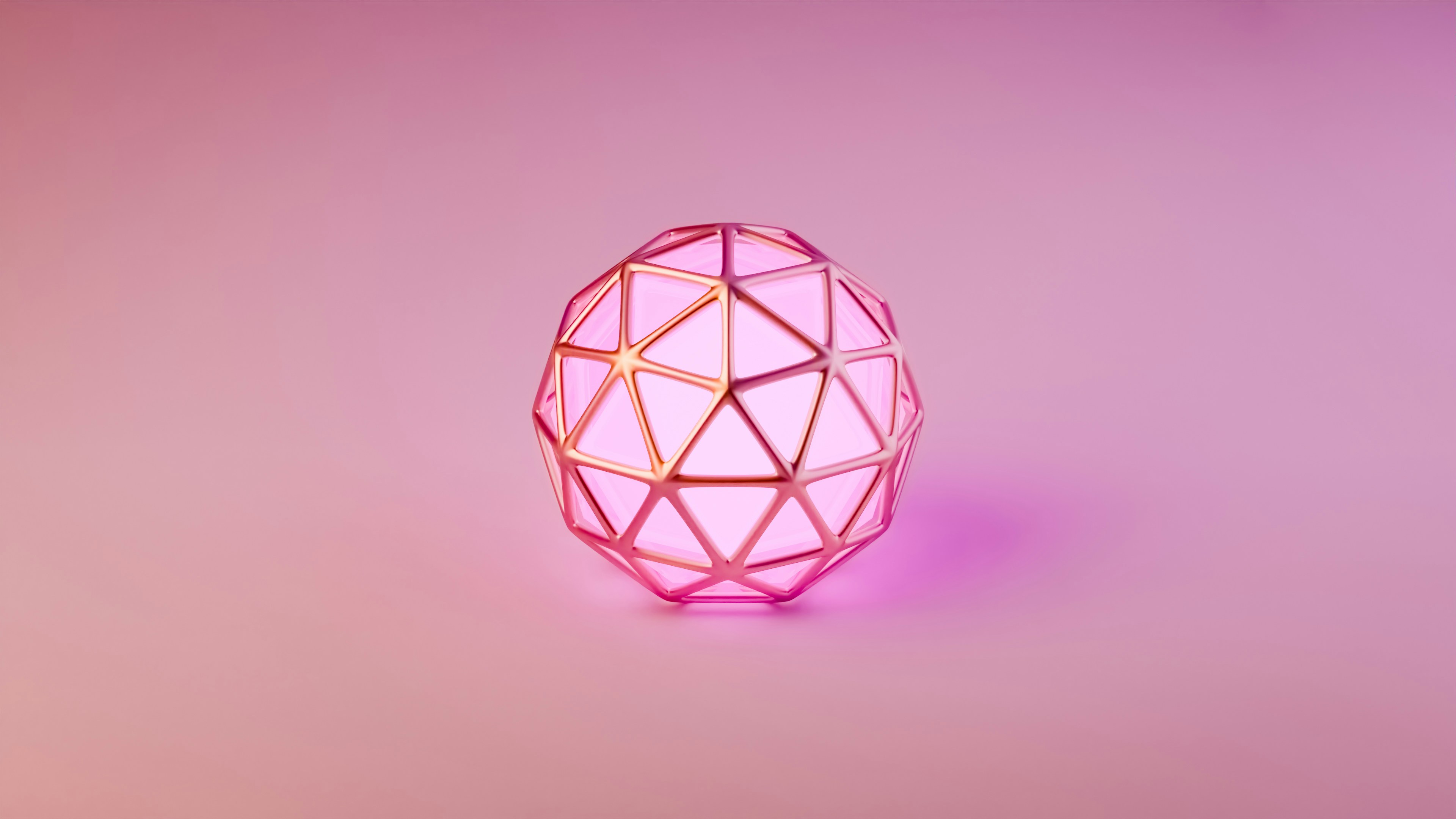Beauty Tech: improving durability through sound design

Table of contents
Ready to elevate your experience through sound?
Keys takeaways
- Sound Design Enhances Product Usability and Emotional Attachment
- Sound Is a Key Driver of Product Longevity and Brand Loyalty
- Acoustic Personalization Creates Deeper, More Memorable Experiences
- Sound Branding Supports Sustainable Innovation
A sound identity to prolong product use
Effective sound design goes far beyond adding pleasant sound; it shapes the product experience. This sound design work can be carried out by an acoustic engineering firm or a sound identity agency, which creates a sound universe adapted to the brand's values and users' expectations. In the case of Beauty Tech, appropriate sounds can guide them through the interface, validate their actions or inform them without being intrusive. A well-thought-out sound experience can therefore provide intuitive cues, but above all create an emotional attachment to the product. By eliciting positive emotions, such as well-being or serenity, sound design helps users to become familiar with their device, strengthening their loyalty and reducing their desire to constantly renew their equipment.
Another scientific study, published in 2010 in the journal Applied Ergonomics,shows that while sight is often considered the dominant sense for interacting with products, hearing plays an increasingly important role over the long term. Sound is thus becoming a sustainability asset for brands. For example, a specific sound to indicate validation of an action, designed to be recognizable and pleasant, can improve user satisfaction, while providing cues that encourage prolonged use.
Sound design as a lever for sustainability and loyalty
In their study, Morard and colleagues analyzed emotional responses to various interface sounds in the domestic context. They found that sounds evoking positive emotions strengthen attachment to the product and encourage users to keep it for longer. The emotional aspect is therefore central to thesound experience: when a product is associated with pleasant sounds, the user is more inclined to use it over time. This approach, already used by some brands in sound branding, helps to establish a unique connection between the user and the product, a relationship that goes beyond simple product functionality.
Acoustic designers can create sounds that arouse positive emotions and contribute to an immersive experience, thus encouraging the sustainability of use (and therefore that of the technological product itself). Unlike a purely aesthetic effect, sound design plays a functional and emotional role here: it informs, accompanies and guides the user, while cultivating a sense of satisfaction. This type of sound design is not only relevant in Beauty Tech, but also for other technological products where sustainability is a major issue. For users, this sound identity helps to make the product a companion, reducing the desire to replace it in the medium term.
A richer sound experience for better adoption
The data collected by the researchers indicate that sound quality directly influences the user's emotional perception. Harmonious sounds, for example, can evoke safety and reliability. Conversely, high-pitched, abrupt sounds are often perceived as stressful. By modulating tone, rhythm and intensity, our acoustic design studio can create sounds that match your brand's expectations and emotions. In their research, the authors observed that progressive and harmonious sounds, with an ascending melodic contour, tended to be associated with validation, reinforcing the idea that the product is working properly. This acoustic approach makes it possible to make choices adapted to the user's sensory and emotional preferences.
This personalization of experience through sound branding opens up interesting avenues for brands. An acoustics consultancy can even analyze how personalized sounds, designed for a specific product, influence perceptions of durability and commitment. A well-developed sound identity doesn't just create a "wow effect": it tells a sensory story that builds user loyalty. This encourages them to keep their products longer, reinforcing the sustainability commitments made by manufacturers.
Towards sustainable adoption of innovations through sound identity
By integrating sound design into the DNA of their products, brands in Beauty Tech and other technology industries can offer a sound identity that not only attracts, but above all builds loyalty. This creates an emotional attachment that goes beyond mere technical functionality. For brands, this investment in sound branding ormusical identity translates into better user retention and a heightened perception of sustainability.
As the study by Morard and colleagues points out, the sound signature is becoming a strategic factor for companies wishing to adopt a sustainable approach. As users become increasingly sensitive to the environmental impacts of the products they consume, careful sound design could play a key role in influencing the sustainable adoption of these products. It's no longer just a question of "looking pretty": sound is becoming a vector of emotions, loyalty and respect for the environment, paving the way for more responsible and sustainable experience design.